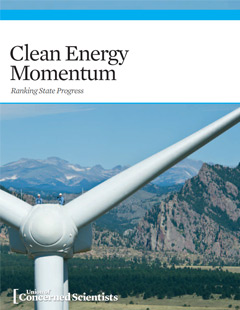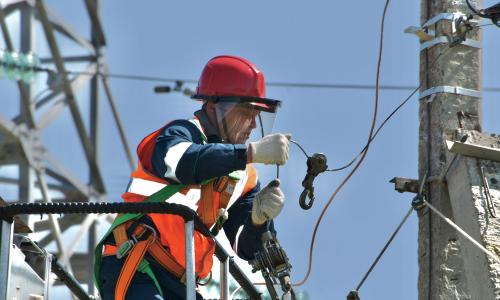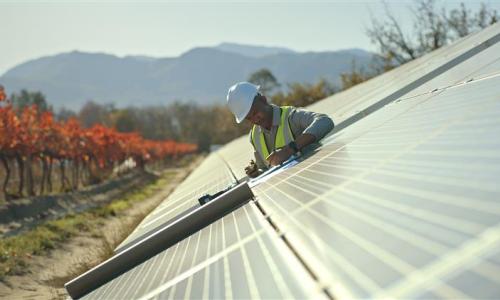Desde la energía solar y eólica, hasta la creación de empleo y la reducción de la contaminación ¿cuáles estados impulsan la energía limpia en EE.UU y son ejemplo a seguir? Lea el resumen ejecutivo y nuestra entrada de blog en español.
Sometimes progress is easy to see. Such is the case with clean energy, as wind, solar, and energy efficiency programs continue to grow and expand.
But where exactly is the progress happening? Which states are driving clean energy, and in what ways?
Our Clean Energy Momentum state ranking examines the data behind clean energy leadership. Using a set of 12 easy-to-understand metrics, we found that multiple states stand out as clear winners, including California, Vermont, Massachusetts, Rhode Island, Hawaii, and others—not all of whom are expected.
Clean energy winners
- California is a clear clean energy leader, and a well-rounded one, with top 10 showings in eight of our 12 metrics.
- The West Coast in general performs well: Hawaii, Oregon and Washington all appear in our overall top 10.
- Vermont secures second place, in part because it offers the highest number of clean energy jobs per capita in the nation.
- Other Northeast winners include Massachusetts, strong on energy efficiency, clean energy jobs, solar, and more, and Rhode Island, a top performer in energy savings, and on its renewable energy and climate policies. Maine and New York also perform well.
- Iowa rounds out the top 10, boosted by a top score for making it easy for companies to buy renewable energy. Other Heartland standouts include Minnesota, with good performances on energy efficiency measures; South Dakota, with the country’s highest renewables portion of in-state generation; and Kansas, which has enjoyed the nation’s largest percentage increase in renewable energy generation.
Methodology
The scorecard considers state leadership from a wide range of angles and timescales. The goal? A clear, multi-dimensional understanding of which states are pushing clean energy forward.
The analysis measured momentum using several metrics, including clean energy job creation, power plant pollution reduction, and each state’s use of renewables, efficiency, and electric vehicles. Other metrics look for clean energy and climate policies likely to keep the momentum growing.
For each of the 12 metrics, the top-performing state received a 10, the bottom state received a zero, and the others were rated according to their position relative to those two benchmarks.




